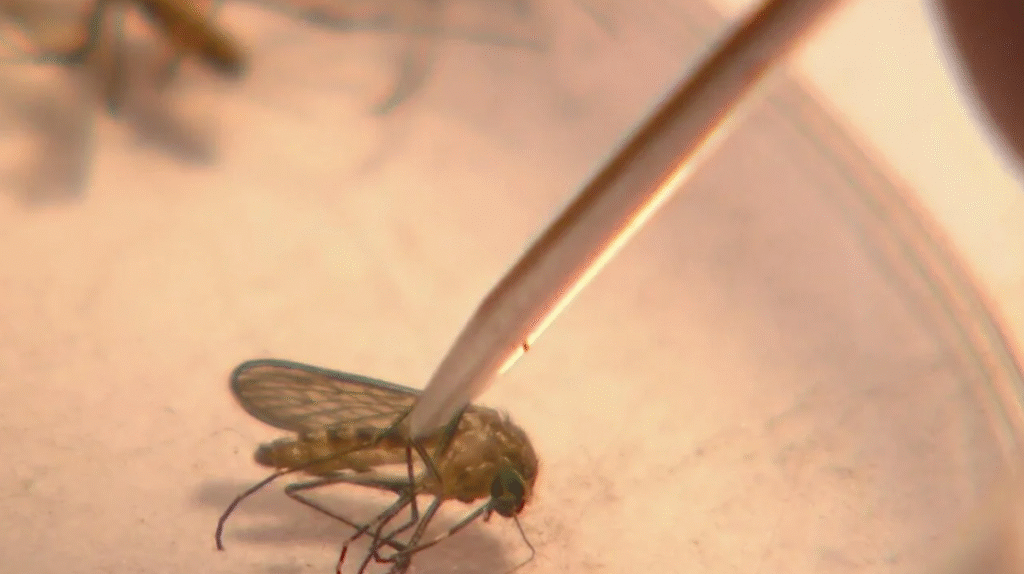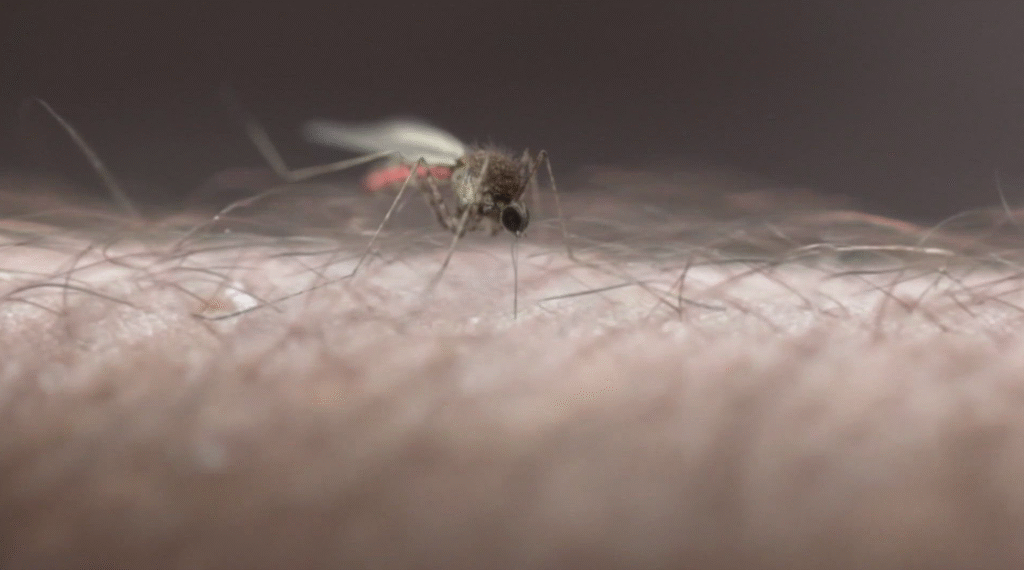Denver Department of Public Health and Environment announced the city’s first confirmed human case of West Nile Virus this year .Health officials say that the infected person a Denver resident is recovering at home after experiencing neurological illness. The person is in their mid-50s and had symptoms severe enough to indicate involvement of the nervous system
At the same time, Jefferson County reported three new human cases. All three residents are also recovering at home. These marks the county’s first cases of the season
West Nile Virus Activity Increasing Across Colorado
Statewide, over a dozen people have been infected with West Nile Virus this year. Colorado has recorded one death from the disease, and three individuals have been hospitalized due to complications.

So far, the virus has been found in mosquitoes in at least eight Colorado counties: Adams, Arapahoe, Boulder, Broomfield, Denver, Jefferson, Larimer, and Weld. In places like Fort Collins, the infection rate in trapped mosquitoes is 11 times higher than usual and four times higher than last year
Understanding West Nile Virus and Its Risks
West Nile Virus spreads mainly through mosquito bites. Most people who get infected do not have noticeable symptoms about 80% of cases are mild or silent. For roughly 20%, symptoms include fever, tiredness, sore muscles, headaches, and sometimes a rash or swollen lymph nodes. These usually appear between 3 to 14 days after the bite .
A small fraction about 1 in 150 people develop more serious neuroinvasive illness, affecting the brain or nerves. Symptoms can include high fever, confusion, seizures, stiff neck, tremors, or paralysis. This type of illness carries a 10% risk of death among those affected.
People older than 50 and those with existing health problems or weakened immune systems face higher risk of severe illness .
How Colorado Is Monitoring and Responding
Local public health departments are tracking mosquito populations and testing trapped mosquitoes to detect West Nile Virus. In places like Larimer County, health workers use mosquito traps baited with dry ice to attract and collect insects. Laboratories test these samples to find out if the virus is present in local mosquito populations .

In some communities, cities conduct mosquito fogging when trap counts exceed certain thresholds. Local officials spray approved insecticides to reduce adult mosquitoes responsibly and safely .
The Role of Climate and Environment in West Nile Spread
Warmer temperatures and increased rainfall can lengthen mosquito breeding seasons in Colorado. Climate change is expected to lead to longer summers and wetter conditions, which may boost mosquito numbers and increase the risk of West Nile infections
Northern Colorado’s landscape such as irrigated fields or standing water from agriculture also creates ideal habitats for Culex tarsals mosquitoes, the species most likely to spread West Nile Virus in the state .
The confirmation of the first human West Nile Virus case in Denver, along with multiple cases in Jefferson County and a state-wide death, serves as a reminder that mosquito-borne illness is very real. There is no vaccine or cure for the virus only supportive care if symptoms appear.
By staying informed, eliminating standing water, protecting skin with repellents, and limiting exposure during peak mosquito hours, residents can reduce their risk and help stop the spread. Simple habits like dumping pooled water regularly and maintaining clean screens can make a big difference.


 5 Health Benefits of Almonds Everyone Should Know
5 Health Benefits of Almonds Everyone Should Know  How Much Cholesterol Per Day Is Safe for Your Health?
How Much Cholesterol Per Day Is Safe for Your Health?  Brain Fog The New Long COVID Symptom
Brain Fog The New Long COVID Symptom  Exploring the Different Types of Yoga and Their Health Benefits
Exploring the Different Types of Yoga and Their Health Benefits  How Nature Therapy Can Help Your Mental Health
How Nature Therapy Can Help Your Mental Health  Can Avoiding Rice and Meat Help Prevent Cancer?
Can Avoiding Rice and Meat Help Prevent Cancer?